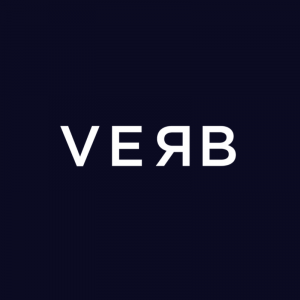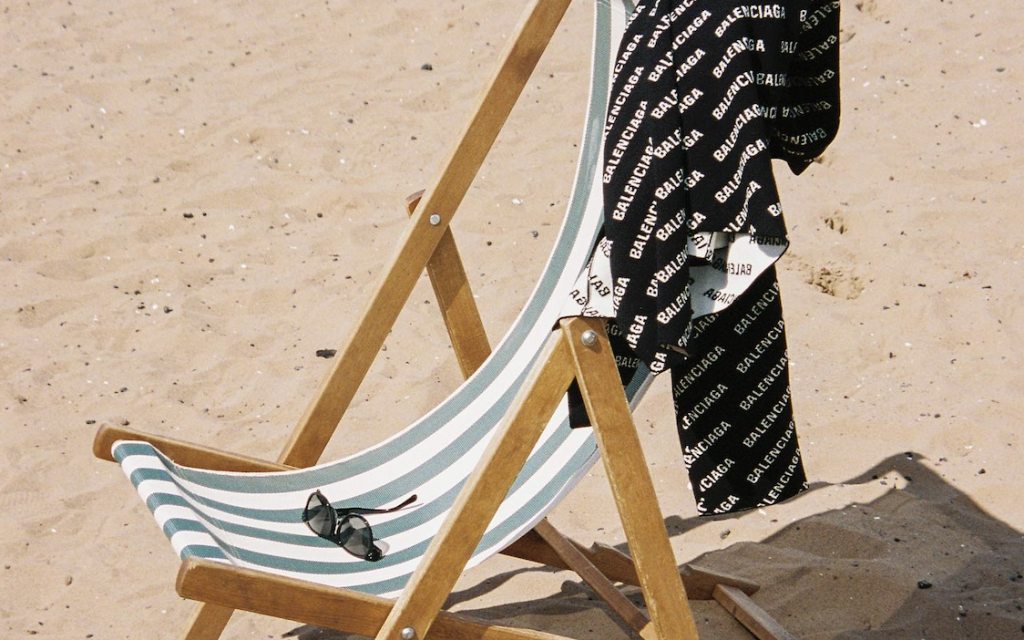How should luxury brands be approaching Lo-Fi content?

Reading time: 5 min
Lo-fi content would seem, at first glance, not to have a place in luxury marketing. But brands like Peter Thomas Roth, Prada and Jitrois have embraced it in recent years.
In this article, we’ll examine:
- What lo-fi content is
- What encouraged so many brands to start using lo-fi content
- The appeal of lo-fi content to consumers, especially younger ones
- Why lo-fi is popular
- Higher returns and lower input costs and lead times
- Lo-fi for luxury brands
What is lo-fi content?
The term “lo-fi” comes from the music industry and it denotes the presence of imperfections in music. A demo tape by an up-and-coming band might be described as lo-fi because the studio they recorded in lacked the latest equipment and the producer might have been an enthusiastic amateur.
Lo-fi content is also not polished and has a do-it-yourself feel to it.
In lo-fi video, there might be signal distortions, discolourations and slight lip-synching issues. Lo-fi is definitely not high spec, pixel-perfect or glossy. It’s often unscripted. There’s no gorgeous backdrop or famous celebrities in lo-fi.
As reporter Katie Ewer sums it up in her AdAge article, lo-fi is “not a production process; it’s about being fluent in a creative language that’s authentic, relatable and inventive.”
Why have so many brands started using lo-fi content?
Lo-fi has been with us for many years but its adoption really accelerated during the COVID-19 lockdowns. Brands, keen to generate revenue online while their retail distribution channels were closed, asked their creatives to come up with something that would drive sales.
Creatives, denied access to their normal production facilities, improvised using what few tools and resources were available to them.
It worked. Necessity is the mother of invention and, in response, marketing teams told compelling stories with lo-fi content that consumers really bought into.
What is the appeal of lo-fi content to consumers?
Today’s consumers, especially Gen Zers and millennials, need to see authenticity from brands. They want them to share the same values as they do and they want brands to be driven by a purpose higher than making money. Companies can’t let target audiences down on either front or engagement will drop. That’s especially so now consumers have humanlike relationships with them.
Stylistically, lo-fi shares much in common with user-generated content which is, by its very nature, rough around the edges. But UGC is authentic. 9 in 10 of us want to read reviews from existing customers before we decide to buy a product or service. Consumers love the uncensored and unfiltered nature of UGC and that’s why so many brands encourage their customers to create it. Quay Australia have used UGC brilliantly with their inclusion of UGC showing customers wearing their sunglasses on individual product pages.
Lo-fi content by contrast is not uncensored and unfiltered. Most of the time, it’s very carefully planned so extra care must be taken to make sure that it still appears authentic to your target audience.
Why is lo-fi popular?
Lo-fi reminds consumers of the content they value so much on YouTube. Despite their best efforts, travel vloggers and beauty vloggers’ content is not broadcast quality but that’s a good thing.
That “amateurism” is a marker of authenticity, even if the channel is often sponsored by a brand. In fact, that sponsorship may lend further credibility to a vlogger because they have been recognised as an authority by a leading market player.
Consumers may also believe that low-fi content is authentic as a brand presents itself to the wider world in what appears to be a rawer, more human, more natural form.
For older readers who may struggle with the concept of lo-fi, there is historical precedent. The “Zoo TV” genre was pioneered by the likes of shows like Big Breakfast and TGI Fridays. Zoo TV was intentionally imperfect with mistakes never being covered up. In fact, when an imperfection did arise, the studio audiences and film crews audibly laughed at it. Viewers loved zoo TV for that reason – they felt they were in on it too and part of the experience.
This was always the plan so, despite being contrived, it felt more real. Zoo TV had the rough cuts and jaunty camera angles of youth TV shows like Network 7 but it didn’t take itself so seriously.
With Zoo TV, it was like you had a backstage pass. You could see behind the scenes and that drew you in. Lo-fi content is its successor in the internet age.

Lo-fi delivers higher ROIs with lower budgets and shorter lead times
Brands share lo-fi video content primarily via social media, particularly on Facebook, Instagram, TikTok and Twitter.
Beauty brands’ lo-fi videos enjoy an effectiveness rate of 164.5% versus 32.6% for hi-fi videos. In fashion, the figure is 52.9% versus 21.7%.
Production costs are much lower on lo-fi videos meaning that the return on investment is substantially higher.
Turnaround time is also an important selling point of lo-fi. Because brands can create it quickly, they can jump on the back of trends to maximise exposure – there’s not the long lead time needed like with standard hi-fi content.
In fact, many brands create hype about forthcoming hi-fi content with lo-fi behind-the-scenes videos to tease viewers. Lo-fi can be lead content and supporting content.
Lo-fi content is also great for creating product tutorials, sharing CSR content (like staff volunteering for a brand’s chosen charity), a-day-in-the-life employee videos, launch party footage and more.
Lo-fi for luxury brands
We don’t recommend using low-fi video content exclusively at the expense of hi-fi video content, especially for luxury brands.
With luxury, it’s always more than just the product itself. Consumers also want the lifestyle associated with luxury brands. Together with your brand history and pricing decisions, lifestyle is the third necessary characteristic to denote luxury.
They still want the celebrity, the glamour and the exclusivity. They still want to feel that owning your products makes them part of an exclusive club.
We see lo-fi having particular use cases for luxury brands, especially in behind-the-scenes content and customer education (for example, when brands have a robust ethical sourcing policy, you could create lo-fi CSR videos about it).
We think there are also opportunities to partner with influencers too as most of their videos are generally lo-fi. Influencers will also add an extra layer of trust and authenticity to content.

Go Lo-fi with VERB
VERB Brands works with luxury brands worldwide to create compelling, engaging content to drive up website visitors and social media subscriber numbers. We focus on building additional value into your brands online and creating new revenue opportunities.
Please drop us a line through our contact form to find out about how to take advantage of the opportunities offered by lo-fi content. We’d love to start supporting you on this journey!









